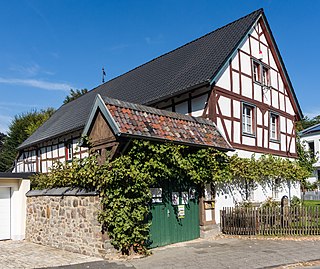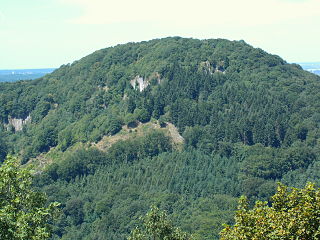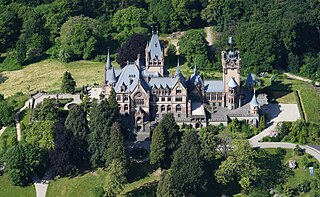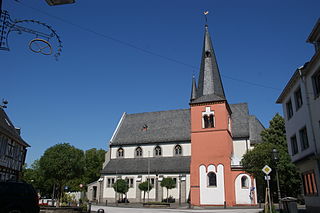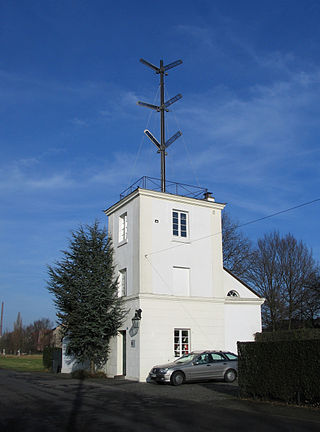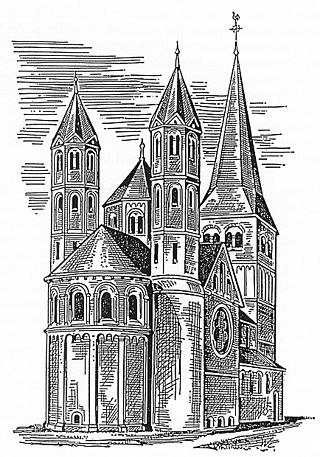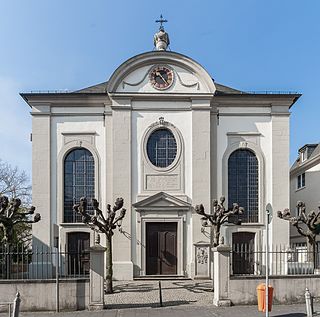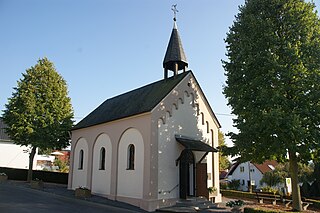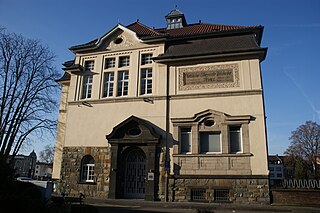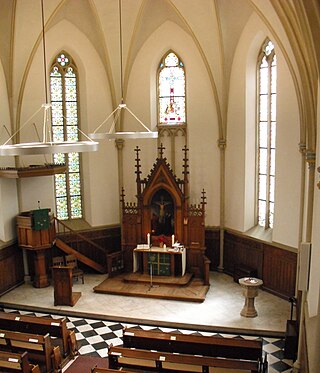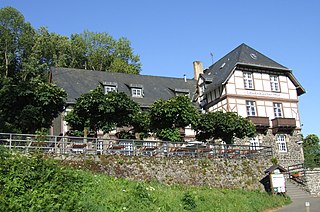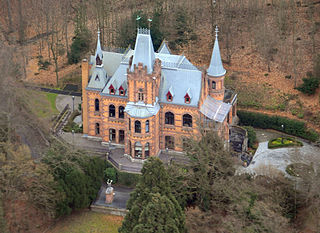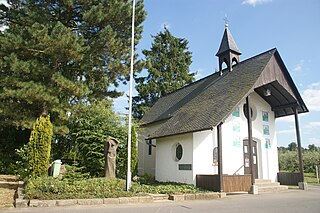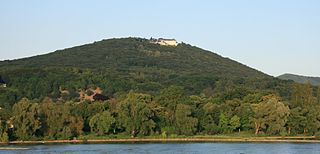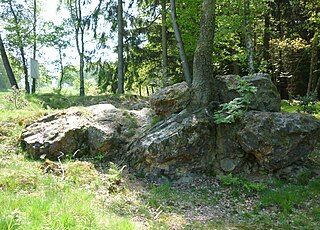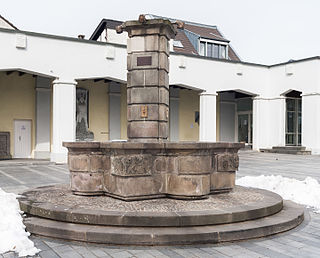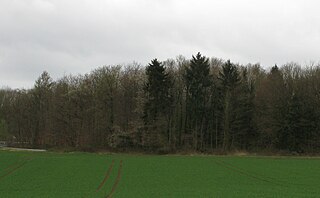23 Sights in Königswinter, Germany (with Map and Images)
Legend
Welcome to your journey through the most beautiful sights in Königswinter, Germany! Whether you want to discover the city's historical treasures or experience its modern highlights, you'll find everything your heart desires here. Be inspired by our selection and plan your unforgettable adventure in Königswinter. Dive into the diversity of this fascinating city and discover everything it has to offer.
Sightseeing Tours in Königswinter1. Landsturmdenkmal
The ruins of Drachenfels Castle in the Siebengebirge are the remains of a hilltop castle at 321 m above sea level, which was begun in 1138 by the Archbishop of Cologne Arnold I and bought and completed in 1149 by Gerhard von Are, the provost of the St. Cassius Monastery in Bonn. It stands on the mountain of the same name.
2. Drachenfels
The Drachenfels is a hill in the Siebengebirge uplands between Königswinter and Bad Honnef in Germany. The hill was formed by rising magma that could not break through to the surface, and then cooled and became solid underneath. It is the subject of much tourism and romanticism in the North Rhine-Westphalia area.
3. Reptilienzoo
The Nibelungenhalle is a domed building in Königswinter, a town in the Rhein-Sieg district of North Rhine-Westphalia. It is located on the way to the summit of the Drachenfels, where Siegfried is said to have killed the dragon, and shows a collection of paintings by Hermann Hendrich on Richard Wagner's opera cycle Der Ring des Nibelungen and Wagner's Gralsoper Parsifal. The hall includes a "dragon's cave" and a reptile zoo in the outdoor area.
4. Brückenhofmuseum
The Brückenhof Museum is a local history museum in Oberdollendorf, a district of the town of Königswinter in the Rhein-Sieg district of North Rhine-Westphalia. It began operations in 1991 in the former winery "Brückenhof", a half-timbered house from the 17th century. The museum is run by the Heimatverein Oberdollendorf und Römlinghoven e.V. with over 1100 members.
5. Dampflok Nr.2
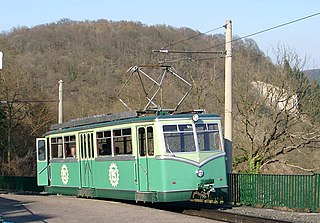
The Drachenfels Railway is a rack railway line in the North Rhine-Westphalia region of Germany. The line runs from Königswinter, on the east bank of the Rhine, to the summit of the Drachenfels mountain at an altitude of 289 m (948 ft). Besides the two terminal stations, an intermediate station serves the Schloss Drachenburg.
6. Wolkenburg
The Wolkenburg is a defunct, i.e. a no longer existing hilltop castle on the mountain of the same name, which is still 324 m above sea level in the Siebengebirge in the urban area of Königswinter; the name is derived from the clouds that often cover the mountain plateau.
7. St. Laurentius
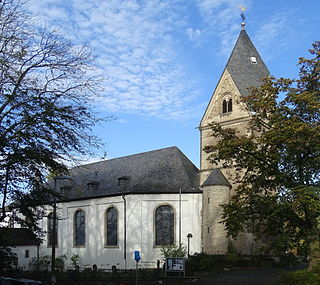
The Roman Catholic parish church of St. Laurentius in Oberdollendorf, a district of Königswinter, consists of a Romanesque east tower, a nave from 1792 and extensions from the post-war period. It is a listed building.
8. Schloß Drachenburg
Schloss Drachenburg or Drachenburg Castle is a private villa styled as a palace and constructed in the late 19th century. It was completed in only two years (1882–84) on the Drachenfels hill in Königswinter, a German town on the east bank of the Rhine, south of the city of Bonn. Baron Stephan von Sarter (1833–1902), a broker and banker, planned to live there, but never did.
9. St. Michael-Kirche
The Roman Catholic parish church of St. Michael in Niederdollendorf, a district of Königswinter in the North Rhine-Westphalian Rhein-Sieg district, dates back to 1911. It is a listed building. The church is located at the junction of Heisterbacher Straße and Hauptstraße.
10. Preußischer optischer Telegraf, Station 55 Sauerwiese
The Prussian semaphore system was a telegraphic communications system used between Berlin and the Rhine Province from 1832 to 1849. It could transmit administrative and military messages by optical signal over a distance of nearly 550 kilometres (340 mi). The telegraph line comprised 62 stations each furnished with a signal mast with six cable-operated arms. The stations were equipped with telescopes that operators used to copy coded messages and forward them to the next station. Three dispatch departments located in Berlin, Cologne and Koblenz handled the coding and decoding of official telegrams. Although electric telegraphy made the system obsolete for military use, simplified semaphores were still used for railway signals.
11. St. Pankratius
St. Pankratius is a former provost's church built in the 12th century in Oberpleis, a district of Königswinter in North Rhine-Westphalia. The Benedictine provost's office was abolished in 1803, and the Prussian state left the church to the Catholic parish as a parish church.
12. St. Remigius-Kirche
The Catholic parish church of St. Remigius in Königswinter, a town in the Rhein-Sieg district of North Rhine-Westphalia, was built in 1779/80. It is located in the south of the old town on the main street at the corner of Drachenfelsstraße. The church building is a listed building.
13. Kapelle Kreuzerhöhung
Quirrenbach is a village and a former municipality in the Rhein-Sieg district, in North Rhine-Westphalia, Germany. It belongs to the district of Eudenbach and to the district of the Oberhaus, on September 30, 2022 it had 225 inhabitants.
14. Kunstforum Palastweiher
The Wilhelm-Auguste-Viktoria-Haus is a villa with an adjoining gymnasium in Königswinter, a town in the Rhein-Sieg district of North Rhine-Westphalia, built in 1908 and 1910/11. The building is located on Winzerstraße east of the railway line on the right bank of the Rhine. It is considered a monument and today serves as a municipal event and cultural building.
15. Christuskirche
The Christuskirche is a Protestant church built in the neo-Gothic style in the years 1863 and 1864 in the old town of Königswinter in the Rhein-Sieg district (North Rhine-Westphalia) and, together with the Old Evangelical Church in Oberkassel and the Dollendorf community center, one of the three preaching sites of the Oberkassel-Königswinter parish in the An Sieg and Rhein church district of the Evangelical Church in the Rhineland. It is a listed building.
16. Löwenburger Hof
The Löwenburger Hof is a restaurant and hotel building in Bad Honnef, a town in the Rhein-Sieg district of North Rhine-Westphalia, which goes back to the Bau- und Viehhof of the Löwenburg. In 1909/10 it was rebuilt as a hotel. The Löwenburger Hof is a listed building.
17. Burgruine Rosenau
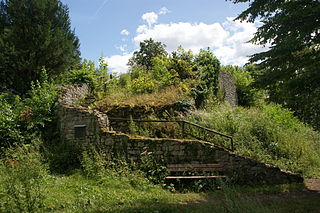
The ruins of Rosenau Castle are located on Mount Rosenau, also known as Große Rosenau, in the Siebengebirge Nature Park in North Rhine-Westphalia. It is located in the city of Königswinter between the Nonnenstromberg and the Great Mount of Olives.
18. Hirschburg
The Hirschburg is a historicist country villa with castle character in Königswinter, a town in the Rhein-Sieg district of North Rhine-Westphalia, which was built in 1883/84. It lies on the northwestern slope of the Hirschberg in the Siebengebirge, east and above the Nachtigallental. The Hirschburg is a listed building.
19. Eisbacher Kapelle
Eisbach is a village and a former municipality in the Rhein-Sieg district, in North Rhine-Westphalia, Germany. It belongs to the district of Oberpleis and mainly to the Wahlfeld district, on September 30, 2022 it had 220 inhabitants.
20. Petersberg
The Petersberg, formerly known as the Stromberg, is a mountain in the Siebengebirge mountain range near Bonn, Germany. It overlooks the cities of Königswinter, on the right bank of the Rhine river, and Bonn on the opposite side. Today the peak is the site of the Hotel Petersberg, which serves as a guest house of the Federal Republic of Germany.
21. Lökestein
The Lökestein is a natural monument and an old boundary stone in the municipality of Buchholz (Westerwald) on the edge of the Mußer Heide about 200 m north of the state road 274 between Eudenbach and Buchholz on the border between North Rhine-Westphalia and Rhineland-Palatinate. It is registered under the number "ND-7138-373" in the list of natural monuments of the state of Rhineland-Palatinate.
22. Weinbrunnen
The Weinbrunnen is a fountain in Königswinter, a town in the Rhein-Sieg district of North Rhine-Westphalia, which was built in its present form in 1938. It is located on the market square on Drachenfelsstraße, which leads down from the main street to the banks of the Rhine, in front of the town hall. The fountain is a listed building.
23. Juffernberg
The Juffernberg is a 190.9 m high mountain of the Ennert, which slopes down the Siebengebirge to the north. It lies east of the Bonn district of Oberkassel on the right bank of the Rhine in the district of Königswinter.
Share
How likely are you to recommend us?
Disclaimer Please be aware of your surroundings and do not enter private property. We are not liable for any damages that occur during the tours.



